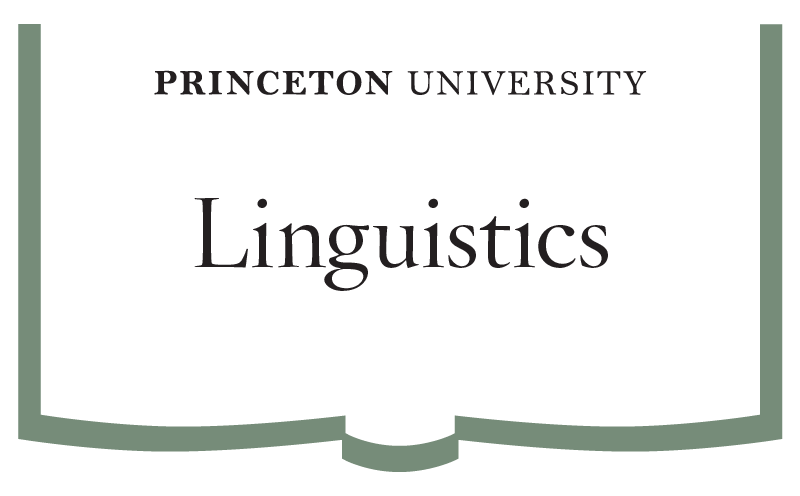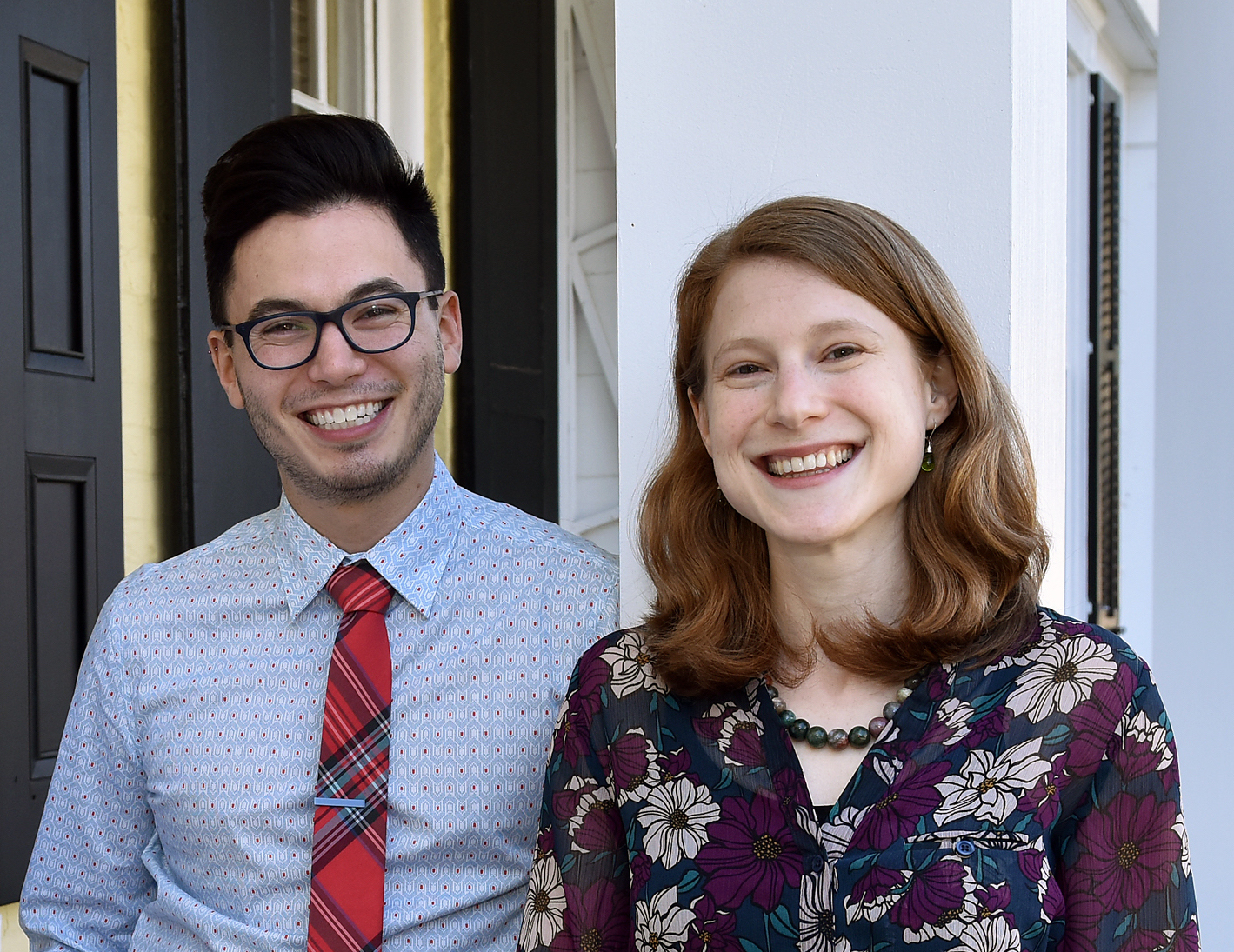“How many languages are there in the world?” asked Assistant Professor of Linguistics Byron Ahn. “One way to answer that question, with a certain definition of language, is, ‘As many people as there are in the world.’”
He explained that the mind absorbs linguistic data, meaning native speaker intuitions about which sentences count as acceptable, from experiences. Growing up in different places, listening to different people, and hearing different sentences, everyone develops a unique set of grammatical rules.
“It’s a miracle that we all understand each other, when we do,” he noted.
His awareness of the abundance of opportunities for even two English speakers to misinterpret each other emerged from his passion for syntax. Syntax covers the structural components of all languages, as well as the mechanisms that define sentences, words, and their structures within a language. The topic also fascinates Ahn’s close colleague, Assistant Professor of Linguistics Laura Kalin.
In the fall of 2018, Ahn’s course LIN 302: Syntax will start with observations, like that subjects precede verbs in languages including English. It will try to model generalizations, such as why verbs precede subjects in languages like Malagasy, on which Kalin has published. The class will teach the scientific method as applied to sentence structure.
“What are the principles by which sentences get organized?” Ahn said. “How do you go from data, to an argument, to a hypothesis, to acting on the data, to revising your hypothesis?”
Rather than definitive answers, Ahn hopes to teach a methodology, namely how to mine data for patterns that yield a narrow conclusion, subject to refutation by the next assignment. The contingency strikes him as the most exciting, and frustrating, aspect of the class. Past students have described the problem sets as highly challenging yet rewarding, as they labor to establish not one exclusive answer, but instead whatever they can argue for, he said.
Analyzing data, as opposed to reviewing the history of the field, reflects the overall approach of the Program in Linguistics, Kalin explained. She emphasized turning students into responsible scientists who test predictions, acknowledge opposing views, and humbly accept the possibility of error.
Ahn and Kalin joined the faculty in 2016. They met in 2009 at a party during their doctorates at the University of California, Los Angeles. Kalin, then a first-year, soon turned to Ahn, then a third-year, for mentorship, advice about classes, and lessons in cooking Korean food. The tightknit community within the department united them, as did their specializations in similar subfields.
As Kalin moved on to a two-year postdoc at the University of Connecticut and Ahn completed one-year teaching appointments at Boston University as well as Swarthmore College, they kept in contact. Princeton University hired them at the same time.
“It was really amazing when we both got this job, especially because we thought we were going to be competing against each other. In theory, the job listing was only for two people. We thought, ‘They’re not going to hire two syntacticians. They’re going to hire people who do very different things.’ But they hired three of us, so it was even better,” Kalin said, including Assistant Professor of Linguistics Florian Lionnet.
All three approve of every decision, including with regard to teaching, syllabi, and hiring of postdocs, before presenting their opinion to the University. In addition, they frequently pool their knowledge in response to students’ questions.
“Basically, every single day during the semester, we’re in each other’s offices asking, ‘Do you have resources on this? Can you recommend an example of this?’” Kalin said. Once, an undergraduate’s question stymied her during precept. With Ahn next door, Kalin called his name, and he shouted back the answer she needed.
As co-researchers, they just submitted their first proceedings paper, “What’s in a (English) Reflexive?,” based on a 2017 talk. The idea began when a mutual friend texted Ahn about a linguistic oddity, which he brought to Kalin. She described the project as exactly the intersection of Ahn’s specialty, English reflexives like himself or myself, with Kalin’s forte, unusual patterns of word formation. They are now exploring deeper, technical aspects of the problem by writing a journal paper about the structure of English reflexives. Neither could have investigated the topic alone, both said.
“The speed of advances is staggering,” Ahn noted of the discipline, in which the proliferation of academics has increased the necessity of co-authorship. “You can’t be an expert on syntax and have as much knowledge about phonology or morphology to make the kinds of articulated arguments that we made in our paper together.”
The University’s provision of funding for linguistics workshops to facilitate intellectual community with other schools afforded another opportunity for collaboration. Kalin and Ahn convened the first annual Princeton Symposium on Syntactic Theory (PSST) in April 2018. The intimate gathering, unusual for such a small department to host, especially as a regular event, attracted pioneering scholars from neighboring institutions like the University of Pennsylvania, New York University, and Georgetown University.
A number of Princeton concentrators and certificate students attended, witnessing how the methodologies they used in class mirrored those in the field, Kalin said. She described the environment as warm and helpful. Ahn added that one student even cited a PSST presentation in his junior paper.
PSST’s 2019 rendition will coincide with its inaugural phonology counterpart, hosted by Lionnet and yet to be titled.
The innovative quality of the Program in Linguistics extends to every participant. Ahn characterized linguistics at Princeton as language sciences, which appeal to many Princeton students by equipping them to reason through problems they can encounter at any point in their lives.
“Everyone uses language all the time,” he said. “Our human experience is bathed in language. You don’t even notice it because it’s the air that we breathe.”
By Ruby Shao ’17













